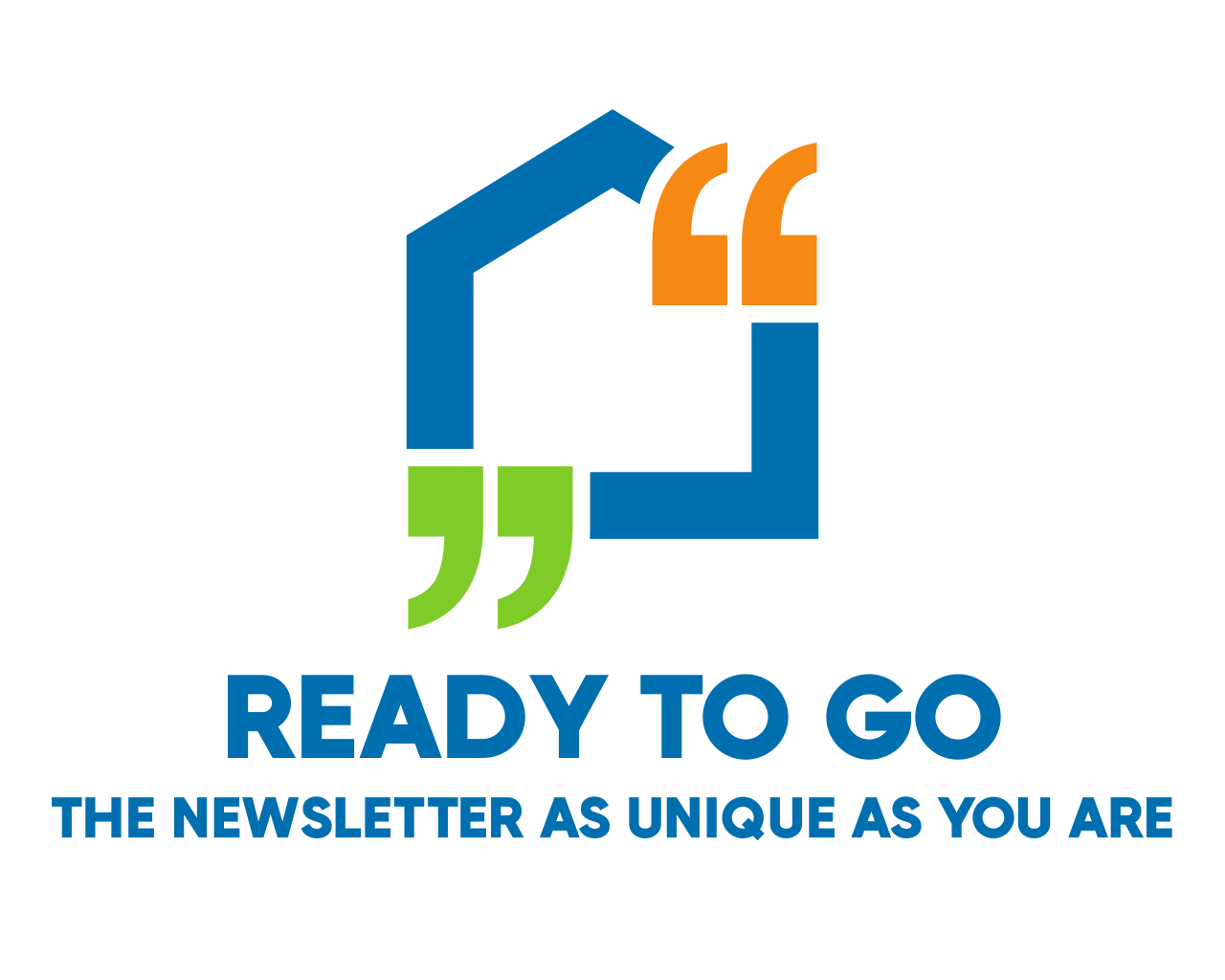
Not far from where I live in Toronto there’s a bookstore called This Ain’t the Rosedale Library. (Rosedale, for those who aren’t from here, is the city’s most upscale neighborhood.) This Ain’t the Rosedale Library is an alternative bookstore – some of its titles wouldn’t sit comfortably in Rosedale drawing rooms.
So think of this:
Your newsletter ain’t the corporate newsletter, either.
Here’s the thing about most corporate newsletters: they are edited, and vetted, and lawyered, and edited again, and checked again, and lawyered again… until all the personality has been squeezed out of them. What you get in the end is, to be frank, a bland corporate document which doesn’t excite, doesn’t create interest and doesn’t create action.
So, no, your newsletter ain’t the corporate newsletter – for good reason. Instead, you want a newsletter that will build a relationship with your readers, that will engage them, and that will keep them within your circle. You want to bond with your readers.
So here’s some ways to add personality to your newsletter:
1) Don’t put on your corporate head when you write. Instead, write in a way that shows your personality. Easier said than done, perhaps, but try to convey your enthusiasm for what you do and your in-person personality in your writing. For example, if you are relaxed and informal in person, be so in your newsletter. (See my post on HARO for a good example.)
2) Tell your story – the good and the bad. It’s said that good product pitches include a “damaging omission” – a fact about the product that admits the product is not perfect. For example, my newsletters will take a few minutes to customize. A damaging omission helps because it aids credibility. After all, nothing’s perfect, is it? The same works for your own brand – you as your own product. If you’ve made mistakes in the past, admit them and share them. You’ll appear more human and better able to connect with your readers who, after all, have made their own share of mistakes. Just be sure to learn from those mistakes – you did this then but now you know better. (Customers these days like and expect transparency in the companies and people they deal with – they know no-one’s perfect, that people sometimes we screw up, so don’t try to fool them otherwise.)
3) Use “I” instead of “We”. People don’t easily connect with “we”, with organizations. The plural is too sterile. Instead, write your newsletter as if it’s from one person to help make a person-to-person connection.
4) Tell then what you did last week, what you’re doing this week, and what you plan next week. Back to the transparency thing – share what you are doing in your business to make it better (or fix mistakes). Bring your readers inside the circle – they’ll feel like they are part of what is going on. Give them an opportunity to comment on what you did and what you’re planning. You’ll probably get some good feedback you can use to improve your product or service.
5) Stand for something. Decide in advance what you believe in. What are your personal beliefs? What do you believe as a business? What do you stand for? What is your mission? Share this vision and allow it to permeate everything you write.
6) Don’t be afraid to offend. I’m not saying you should go out and deliberately offend your clients, but don’t be afraid to have strong opinions if those opinions are in the best interests of your clients. No one likes blandness. Even though you risk offending a few people, you’ll win many more friends from those who agree with you.
7) Be yourself. It’s just a newsletter – not a PhD. A newsletter is simply there to continue the relationship you build face-to-face with clients. If they like you in person, be the same person in your newsletter. They’ll like you there too.


